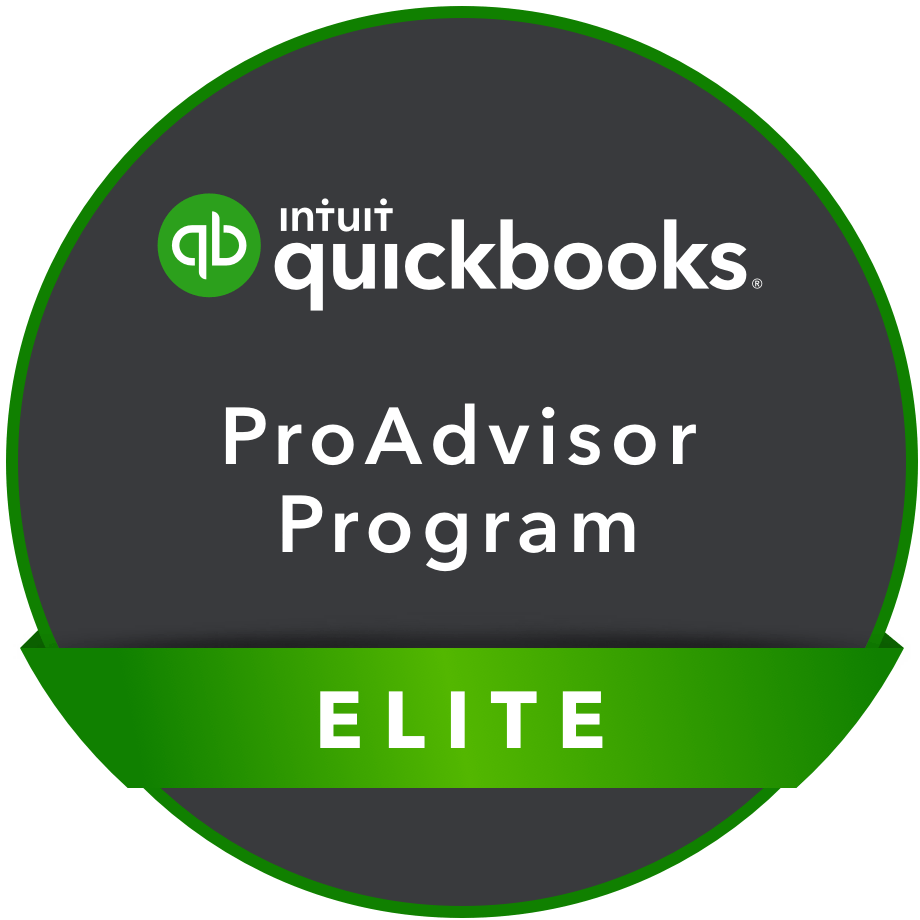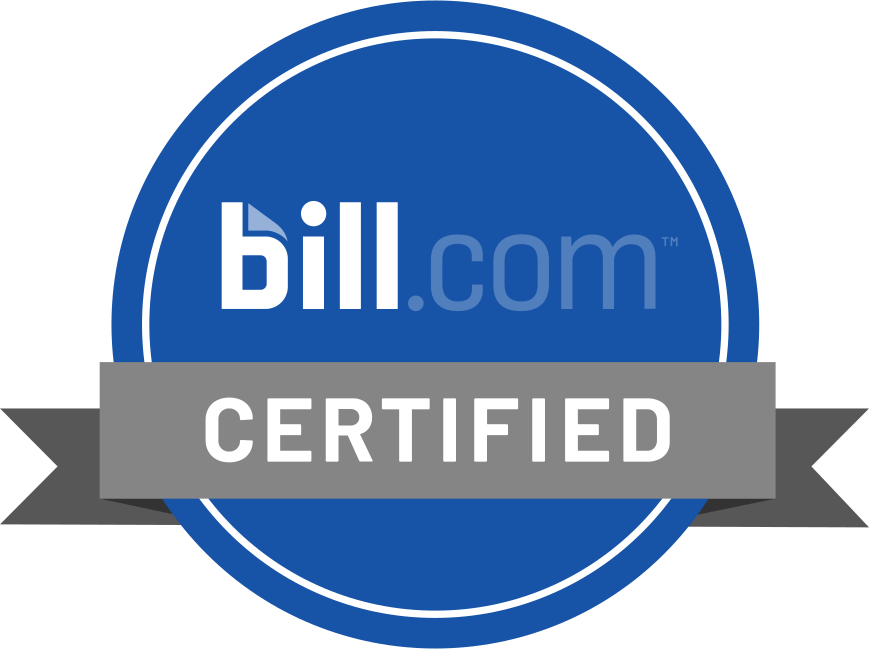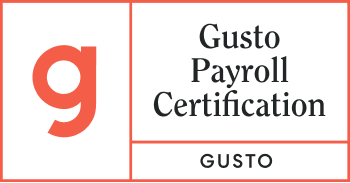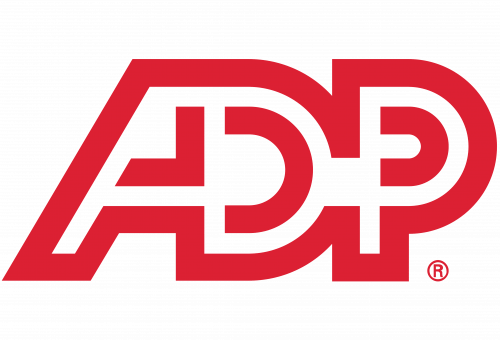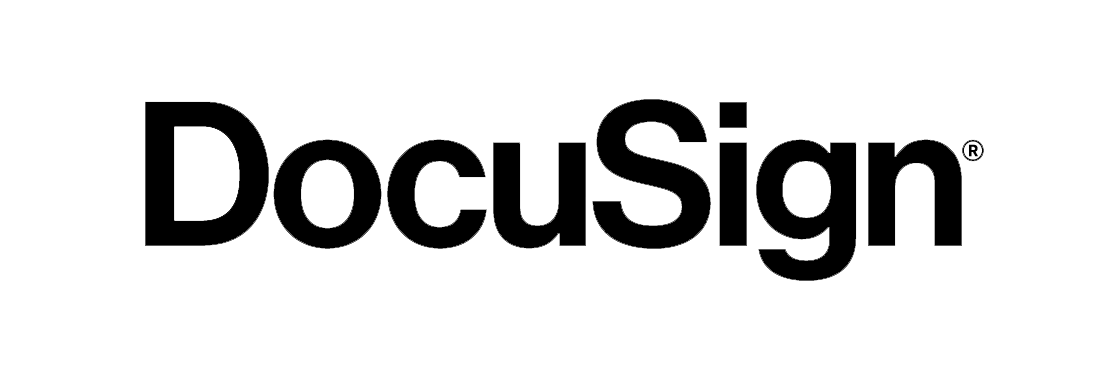What do the New 1099 Filing Rules Mean for You?
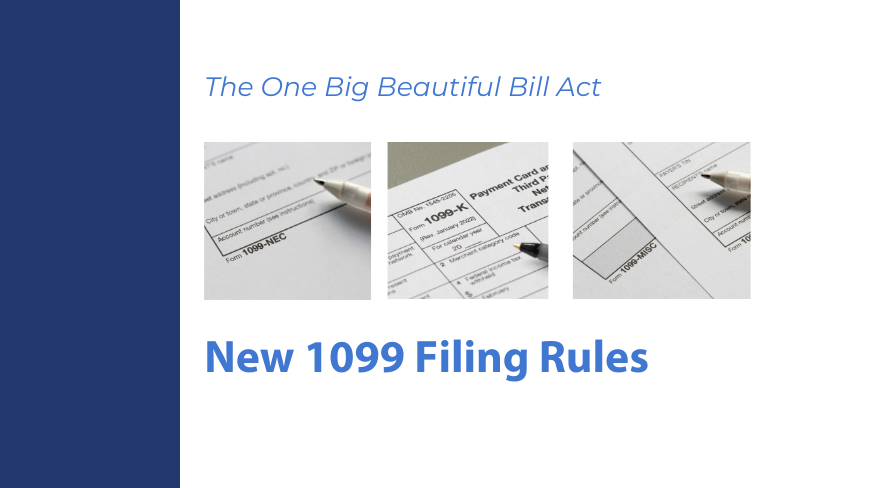
The One Big Beautiful Bill Act (OBBBA) brings some of the most notable changes in years to how businesses and third-party platforms handle 1099 reporting. In practical terms, here’s what businesses and contractors need to know:
- For payments made in 2025, the $600 reporting threshold for Form 1099-NEC still applies. Starting in 2026, however, that threshold rises to $2,000, with annual adjustments for inflation.
- Payments made through third-party platforms like PayPal, Venmo, Uber, or Etsy will only trigger a Form 1099-K if the payee earns over $20,000 and completes more than 200 transactions in a year. This reverts to the old standard and is retroactive to 2022.
- Some states have lower thresholds than federal law, meaning businesses operating in multiple jurisdictions will need to keep an eye on state-level requirements.
The rest of this article walks through the details behind these changes—and what they could mean for your compliance responsibilities.
New $2,000 1099-NEC Filing Threshold
Starting in 2026, OBBBA raises the Form 1099-NEC filing threshold to $2,000, with annual inflation adjustments in $100 increments. Backup withholding rules will also align with this higher threshold.
Until then, businesses must still file a 1099-NEC if they pay an unincorporated contractor—or certain incorporated professionals like lawyers or physicians—$600 or more in a year by cash, check, or direct deposit. Penalties start at $310 per form and climb higher for intentional disregard, with even harsher consequences if workers are misclassified as employees.
Exception: Payments Through Third-Party Platforms
A business never has to file Form 1099-NEC for payments made through:
- PayPal, Venmo, or other third-party settlement organizations (TPSOs)
- Credit or debit cards
In these cases, the TPSO is responsible for issuing a 1099-K—if thresholds are met.
Form 1099-K Filing Thresholds
Under OBBBA, reporting requirements for third-party platforms like PayPal, Venmo, Uber, Etsy, and others revert to the original $20,000/200 transaction threshold. This applies retroactively to 2022 and eliminates the lower $600 and $2,500 thresholds that were scheduled to take effect.
Until then, businesses should note that TPSOs (third-party settlement organizations) are only required to issue a 1099-K if both conditions are met: the recipient earns more than $20,000 and has more than 200 transactions in a year. However, ten states plus D.C. have lower thresholds than the federal standard. These states are: Arkansas, Illinois, Maryland, Massachusetts, Montana, New Jersey, North Carolina, Rhode Island, Vermont and Virginia. All require 1099-K filing at much lower thresholds. It remains unclear whether any of these states will update their laws to align with OBBBA.
Form 1099-MISC
Beginning in 2026, OBBBA sets the Form 1099-MISC reporting threshold at $2,000, with future adjustments tied to inflation, mirroring the rules for 1099-NEC.
Until then, Form 1099-MISC remains in use for reporting non-wage income not covered by other 1099 forms—such as rent, prizes, or legal settlements—without a formalized higher threshold.
Summary
These 1099 updates represent a major shift for small businesses, contractors, and online sellers. Understanding the new thresholds—and following the current ones until they take effect—will be essential to staying compliant and avoiding penalties.
At Barklee Financial Group, we work alongside our clients to make sure they understand what these changes mean and how to stay on track. If you’d like a second set of eyes on your 1099 reporting or a plan for the years ahead, we’re here to help.



